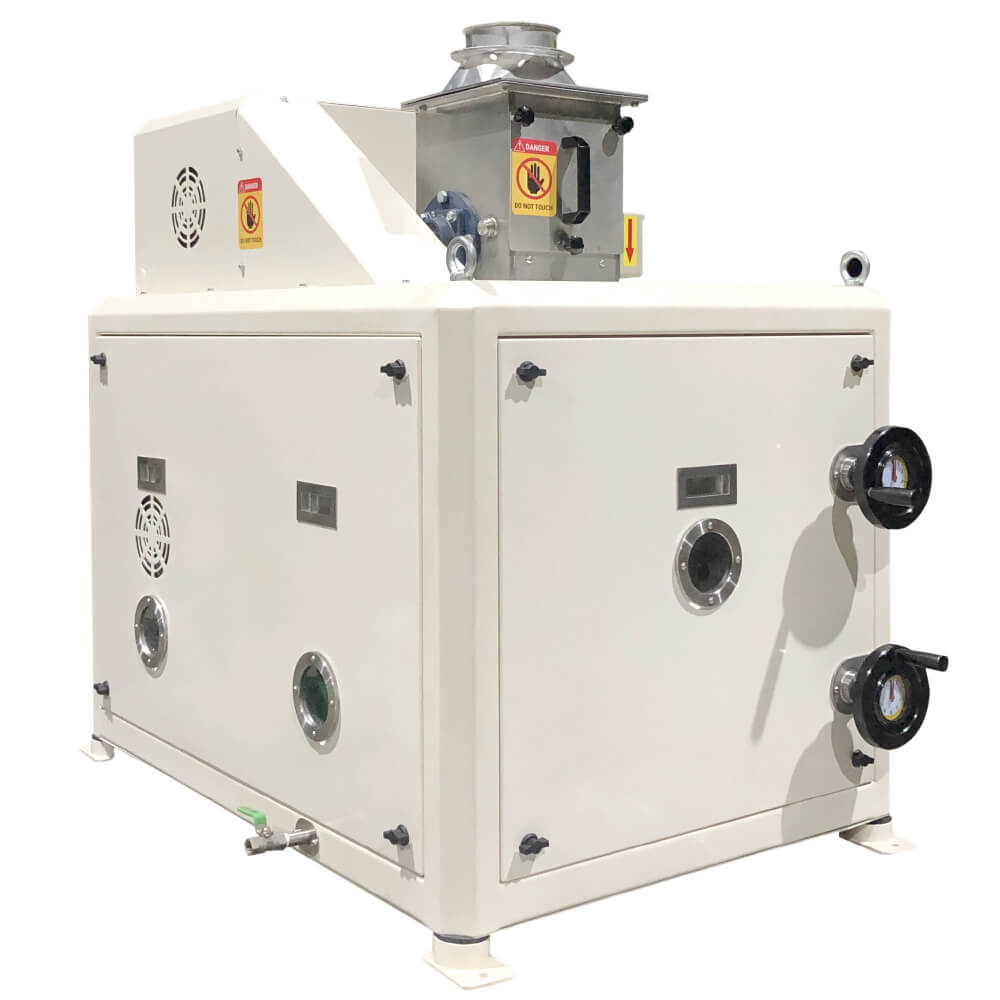Industrial Coffee Grinder Care Tips for Long-Lasting Performance
Wiki Article
Industrial Coffee Mill Guide: Increase Performance and High Quality
In the competitive landscape of coffee manufacturing, choosing the appropriate industrial coffee mill plays an essential role in enhancing both effectiveness and item quality. Recognizing the nuances of numerous grinder types and crucial features-- such as adjustable work settings and robust building and construction-- can significantly affect the final flavor account of the coffee. In addition, the optimization of the grinding process, combined with thorough maintenance, is important for sustaining performance with time. As we explore these essential elements, it comes to be evident that the implications expand past plain devices selection, influencing overall service success in means that necessitate closer assessment.Understanding Mill Types
When choosing an industrial coffee mill, recognizing the various kinds available is vital for optimizing both flavor extraction and operational efficiency. The 2 primary kinds of mills are blade grinders and burr grinders. Blade grinders utilize sharp blades that cut coffee beans into irregular dimensions, bring about uneven extraction and potentially unfavorable flavors. While blade mills are commonly much more inexpensive and appropriate for small-scale operations, they are typically not suggested for industrial usage.
Eventually, picking the ideal kind of mill is integral to keeping quality and efficiency in coffee manufacturing, making it important for companies to spend in top quality burr mills for optimal results.
Secret Features to Think About
Picking an industrial coffee grinder calls for careful consideration of several key functions that can substantially affect both performance and the general coffee experience. Among the primary facets to evaluate is the grinding system. Burr grinders are generally chosen over blade grinders, as they give a regular grind dimension, which is important for ideal extraction and taste.One more vital function is the grinder's capability. A flexible grinder with multiple settings permits you to customize the work size to different brewing approaches, boosting the coffee's flavor profile.
Assess the mill's sound level, particularly in a busy café or production atmosphere, where too much noise can be turbulent. Investing in a mill that stabilizes these features can greatly improve both functional performance and the quality of the coffee served.
Optimizing Grinding Refine
To accomplish the very best results in coffee preparation, optimizing the grinding procedure is essential. The grind size considerably affects extraction, taste, and general high quality of the brewed coffee. Different brewing techniques require details work sizes; as an example, coffee requires a fine grind, while French press demands a coarse appearance. Recognizing the relationship between work dimension and brewing method is the primary step in optimization.


Additionally, keeping an eye on the grinding speed can maximize the process. Slower grinding frequently produces less heat, preserving delicate flavors and aromas. Conversely, faster grinding may create too much warmth, adversely affecting the coffee's high quality.
Maintenance and Treatment Tips
Correct upkeep and treatment of industrial coffee grinders a fantastic read are necessary for ensuring optimal efficiency and long life. Regular cleansing is the structure of upkeep; residue accumulation can affect taste and grinding efficiency. It is suggested to clean the mill after each usage, wiping down the outside and getting rid of any type of coffee premises from the burrs.Additionally, inspect the grinding burrs for damage. Boring burrs can compromise grind consistency, so they should be changed as needed. Industrial Coffee Grinder. Periodically adjusting the mill is additionally critical, as this preserves the desired work size for numerous developing methods
Lubrication of relocating parts need to be done according to the producer's requirements, as this minimizes friction and lengthens the life of the equipment. It is vital to make use of food-grade lubricating substances to make sure safety and conformity with health regulations.
Last but hop over to here not least, keep the mill in a dry and secure setting to prevent corrosion and rust. By adhering to these upkeep and treatment ideas, drivers can boost the performance of their commercial coffee mills while making sure premium result and prolonged operational life.
Roi Analysis
Reviewing the return on investment (ROI) for commercial coffee grinders is crucial for companies seeking to enhance their coffee manufacturing abilities. A comprehensive ROI analysis assists figure out the economic stability of buying top quality mills, enabling businesses to consider the first costs versus possible gains.To perform an extensive ROI analysis, companies must think about a number of essential factors. First, evaluate the purchase rate of the mill, consisting of installment and any type of required modifications to existing infrastructure. Next off, determine operational costs, consisting of power consumption, upkeep costs, and labor effectiveness improvements. High-performance mills usually bring about lowered grinding time and boosted throughput, which can substantially improve performance.
Furthermore, consider the influence on item top quality. Industrial Coffee Grinder. Superior grinders generate a more regular grind dimension, which can boost flavor accounts and customer contentment, eventually driving sales. By increasing the top quality of the end product, businesses can warrant higher prices, causing increased income
Verdict
In summary, an industrial coffee grinder plays a critical role in enhancing both effectiveness and product quality within coffee production. Ultimately, the strategic investment in a reliable grinder adds substantially to improved income and competition in the coffee market.In the competitive landscape of content coffee production, picking the appropriate commercial coffee grinder plays a crucial function in improving both efficiency and item top quality. The two key kinds of grinders are blade mills and burr mills. Within the burr grinder category, there are flat burr mills and cone-shaped burr grinders, each with its benefits. Burr grinders are generally preferred over blade mills, as they supply a consistent work size, which is essential for optimal removal and taste.
In summary, a commercial coffee grinder plays a pivotal duty in improving both efficiency and item top quality within coffee manufacturing.
Report this wiki page